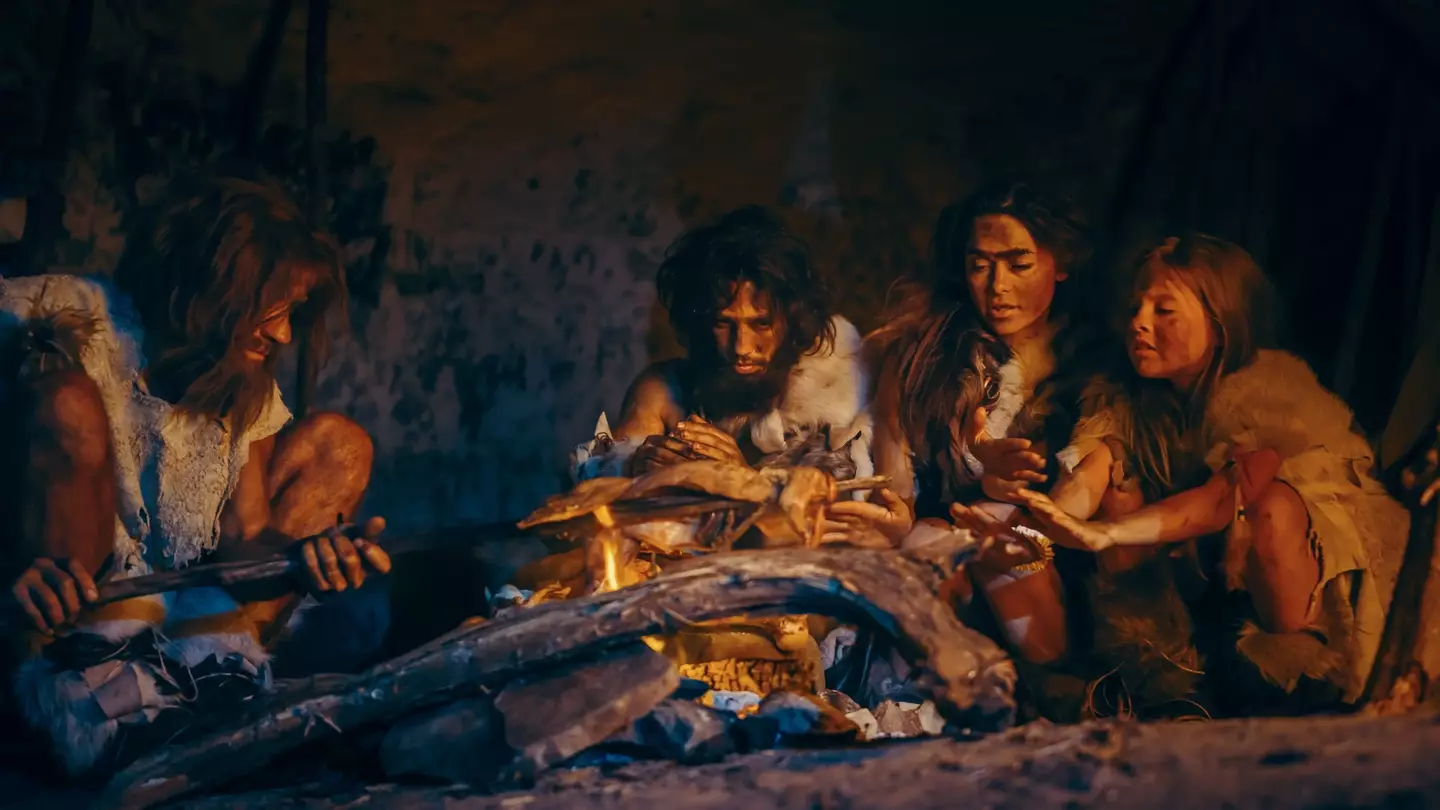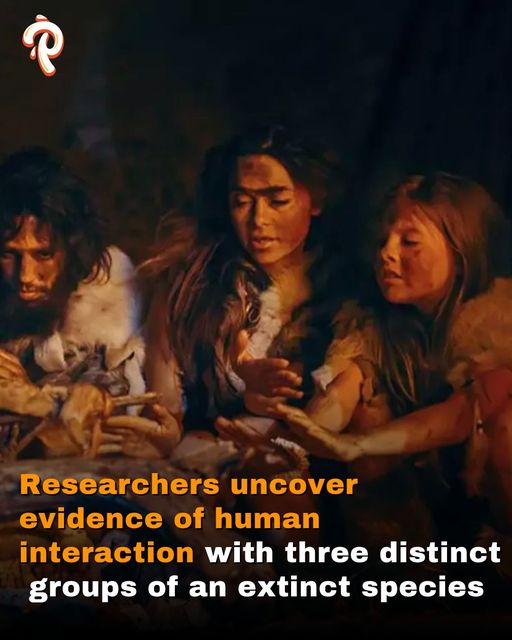While some scientific findings open up new knowledge about the cosmos, others shed light on subjects much closer to our own history.
A recent study has revealed that our ancient forebears were not particularly selective about their mating partners.
Indeed, researchers have uncovered evidence that suggests humans interbred with at least three different extinct hominin populations.
Dr. Linda Ongaro, one of the study’s contributors, stated: “It’s a common misconception that humans evolved suddenly and neatly from one common ancestor, but the more we learn, the more we realise interbreeding with different hominins occurred and helped to shape the people we are today.”
So, who were some of these early encounters with?
Our journey begins with the Denisovans, who became the focus of this extraordinary scientific investigation when their existence was confirmed by modern science in 2010.

Researchers were able to sequence their genome from a single finger bone found in the Denisova Cave in Siberia, which revealed their connections with humans.
Denisovan genetic traces were identified in the genetic makeup of Indigenous Americans, as well as in East and South Asian populations, puzzling scientists initially.
For a long time, it was believed that only one group of Denisovan genes had been integrated into the contemporary human gene pool.
However, Ongaro and her team uncovered evidence of more complex interactions, which accounted for the dissemination of Denisovan genetics.
“Unlike Neanderthal remains, the Denisovan fossil record consists of only that finger bone, a jawbone, teeth, and skull fragments,” she explained.
“But by leveraging the surviving Denisovan segments in Modern Human genomes, scientists have uncovered evidence of at least three past events whereby genes from distinct Denisovan populations made their way into the genetic signatures of modern humans.”

Further discussing the research, the authors noted: “Another example of adaptive introgression is related to lipid metabolism in Inuit from Greenland, which have a highly divergent haplotype in the TBX15/WARS2 region that was probably introduced into the modern human gene pool via introgression with Denisovans.”
Moreover, a genetic locus identified as the EPAS1 locus appears to have originated from interactions between Denisovans and East Asians.
“Among these is a genetic locus that confers a tolerance to hypoxia, or low oxygen conditions, which makes a lot of sense as it is seen in Tibetan populations,” Ongaro added.
For those interested in delving deeper into how humans interbred with three different populations of an extinct species, the study is available in the journal Nature Genetics.
